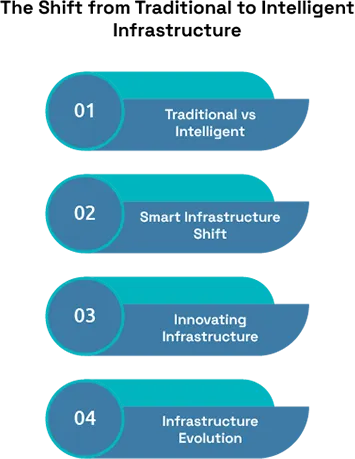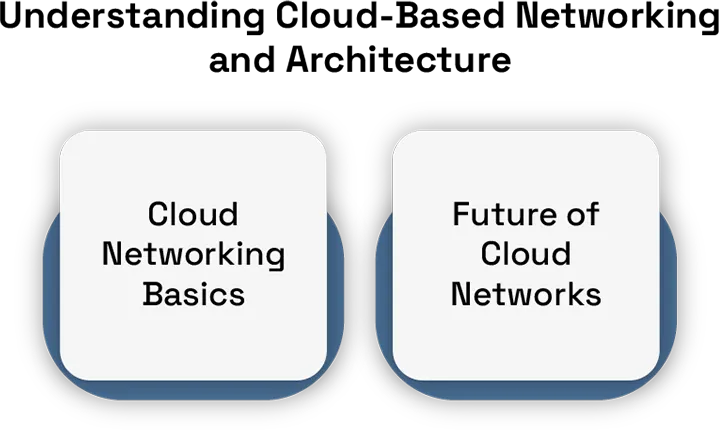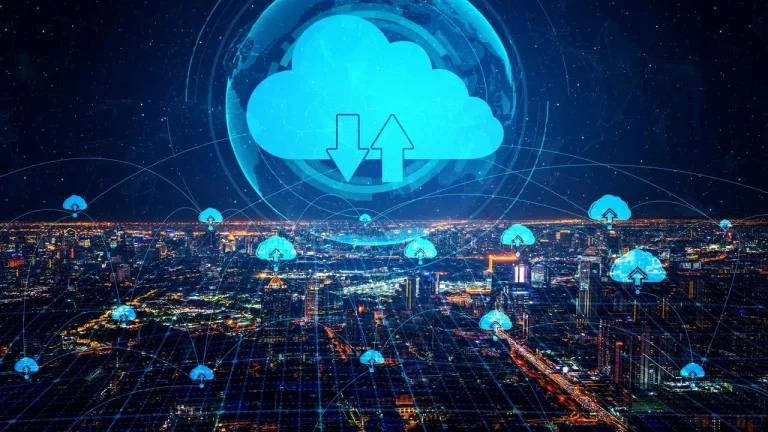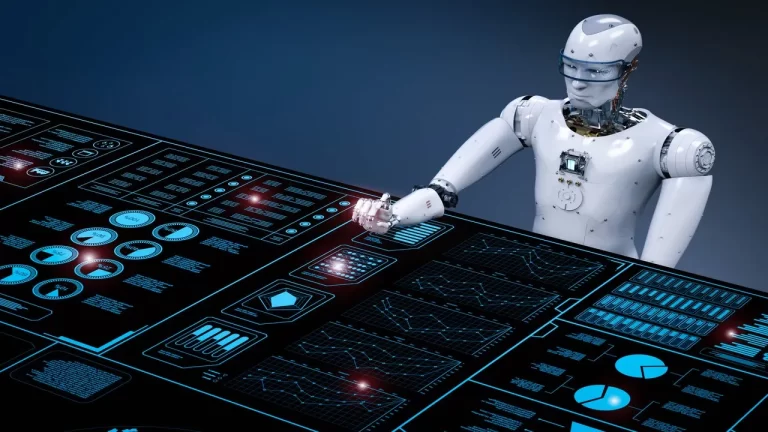In today’s digital-first world, the development of data centers is not just a technical change, it is a fundamental change. At the lead of this development is Google Cloud, which is redefining what the future of the network looks like with the fast growth of cloud computing centers and increasing needs for smarter, greener and more flexible systems. Google’s approach is more relevant than ever. From taking advantage of artificial intelligence to implementing energy-saving architecture, Google Cloud is setting new benchmarks for the cloud industry.
The Shift from Traditional to Intelligent Infrastructure
The traditional datacenter was once defined by rows of hardware-heavy servers in cold, power-hungry rooms. But today’s reality is much more dynamic. Google Cloud has moved beyond simple virtualization to embrace fully integrated cloud-based data centers that run with high efficiency and global reach.
This shift is not just about power or capacity. It is about scalability, sustainability, and performance. Billions of dollars depend on real-time applications, including virtual machines that host collaborative tools or smooth services running from cloud computing data centers.
One only needs to recall disruptions such as Microsoft outages, CrowdStrike, or the recent AWS outage to understand how critical uptime and architectural integrity are. Google’s strategy reduces such risks through distributed networking and predictive maintenance using AI.

Innovative Design Meets Sustainability
Sustainability is not just a Keyword; it is becoming a central focus in data center industry trends. Google has long aimed to operate the cleanest cloud in the industry. Its data centers are already operating at 1.1 PUE (Power Usage Effectiveness), far better than the global average.
This commitment aligns with global data center stability trends. By 2030, Google has planned to run on carbon-free energy, 24/7. That’s not only a grand promise. It is grounded in partnerships, renewable energy acquisition, and AI-powered energy optimization.
By creating a smarter cloud data center in cloud computing environments, Google isn’t just helping the planet; it’s also cutting costs for customers and creating a more efficient digital infrastructure.
Understanding Cloud-Based Networking and Architecture
To truly understand how Google Cloud is reshaping infrastructure, we must look at cloud networking and how it ties into understanding cloud-based data center networks.
The modern architecture used in Google’s cloud centers supports edge computing, hybrid workloads, and intelligent traffic routing. Unlike traditional systems, Google’s design is proactive, not reactive. It uses real-time analytics to dynamically shift loads, prevent overheating, and optimize network flow.
This design approach improves flexibility during disruptions like the Microsoft outage today or regional failures such as the Frontier internet outage or Google Fiber slowdowns. It ensures uninterrupted services across the world, a cornerstone for cloud-dependent businesses.

AI and Automation: The Heart of Modern Data Centers
Google Grok AI is also accepting a new wave of intelligence through devices such as AI which optimizes performance and resource usage in datacenters in cloud computing. This level of automation reduces human error, improves reaction time, and increases performance.
AI not only helps in monitoring but also in decision-making. Whether it’s scaling services or conducting preventive maintenance, Google’s AI integration turns the data center into a living, adaptive ecosystem.
Through this Google is advancing the next generation of data center architecture in cloud computing where software is not just hardware drives performance.
Resilience in the Era of Global Outages
With the rise of hybrid work and streaming-heavy internet use, a flexible cloud infrastructure has not just been preferred but is necessary. Google Cloud provides multi-field failure, distributed charge, and underlying excesses that limit the effects of events.
Events like Microsoft’s outage CrowdStrike and AWS outage serve as harsh reminders of what happens when redundancy isn’t part of the plan. Google’s approach includes scenario planning and strong testing to make sure that its services remain available even in difficult conditions. The stronger the infrastructure, the less disruptive these expected challenges become for users and businesses alike.
Riding the Wave of Industry Trends
To stay ahead in this quickly developed location, Google is suitable for continuous data center trends. This includes automation, edge deployment, container & even quantum computing tests.
Whatever is from their efforts is measured. Some other cloud providers operate public cloud data centers in many areas, with such stability and commitment to innovation.
Final Thoughts
As digital demand continues to grow, the future of infrastructure lies in flexibility, intelligence, and sustainability. Google Cloud has not only acknowledged this truth it has accepted it.
By redefining the limits of what a cloud computing data center can achieve and building on its unmatched AI and sustainability capabilities, Google is charting the future of digital infrastructure. As data center sustainability trends and industry standards evolve, expect Google Cloud to result in innovation and resilience.








